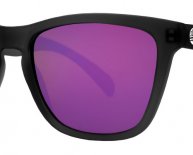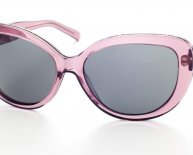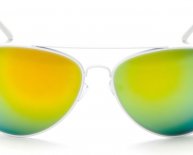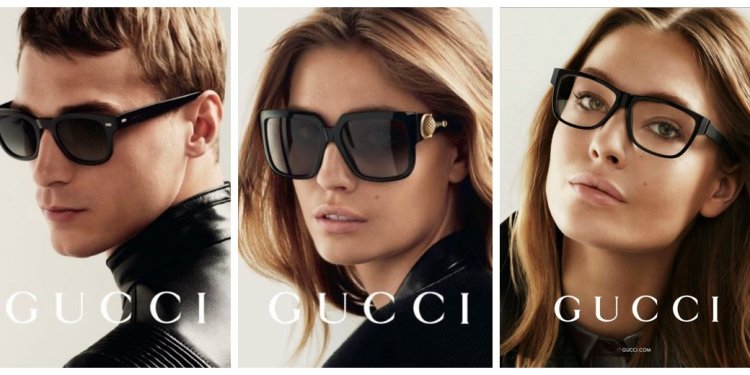
Gucci Eyewear
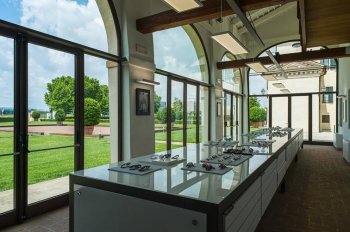 LONDON, United Kingdom — After a two-year wait, this month will finally launch its first eyewear collection to be produced in-house, following the French conglomerate's
LONDON, United Kingdom — After a two-year wait, this month will finally launch its first eyewear collection to be produced in-house, following the French conglomerate's
Previously, Kering brands’ eyewear collections were created through licensing agreements with external companies. But now eyewear for Gucci, along with Yves, Alexander McQueen and, will be produced in-house by Kering Eyewear, an internal venture that was formed to design and distribute eyewear for the group’s luxury brands. Safilo, will however still manage the manufacturing, production and supply of Gucci eyewear until 2020.
“Eyewear represents a key category through which to express the new aesthetic [of creative director ]. Together with Kering Eyewear, we are now enthusiastically committed to achieving the category’s full potential, starting with this collection, " said Gucci chief executive officer Marco Bizzari in a statement.
Kering Eyewear’s aim is to disrupt the market and, to do this, it is attempting to operate more like a start-up than a traditional luxury company, by responding faster to market needs, investing in research and adapting its business practices to make the most of new opportunities.
The company is overseen by, former chief executive officer of Safilo, who joined Kering two years ago. According to Vedovotto, running Kering Eyewear like a start-up within the conglomerate will help achieve his aim to make it the world leader in high-end eyewear. “We have been given the freedom of trying to change the eyewear industry, in a solid and powerful framework, ” Vedovotto told BoF in an interview at the company’s sleek London showroom.
 Being a new company allows us to be flexible and dynamic in responding to market needs, to exploit new opportunities [and] invest in innovation.
Being a new company allows us to be flexible and dynamic in responding to market needs, to exploit new opportunities [and] invest in innovation.
In the space of two years, Vedovotto has grown the Kering Eyewear team from four to 340 people and launched 11 eyewear collections to date. He expects the headcount to increase to 480 employees by the end of this year.
Kering Eyewear works closely with the rest of the group, but remains independent from each fashion house. “Being a new company … allows us to be flexible and dynamic in responding to market needs, to exploit new opportunities, invest in innovation and research and development and to be focused on the specific needs of different channels, ” Vedovotto says.
With the global eyewear market, which includes frames, contact lenses and sunglasses, expected to reach $140 billion by 2020, the opportunity for one of the world’s largest luxury groups is vast. But it also comes with a hefty price. In order to bring eyewear in-house, Kering paid Safilo €90 million ($100 million) to terminate its license agreement two years earlier than expected, and sacrificed around €50 million ($56 million) in royalty income. According to Luca Solca, head of luxury goods at Exane BNP Paribas, this will weigh on the company’s profit and loss margins for a number of years.
“I have reservations on luxury goods companies building their independent eyewear businesses, ” says Solca. “The evidence so far points to significant difficulties —Italian brands which have attempted this in the past like Prada or Tod’s have had to U-turn.”

